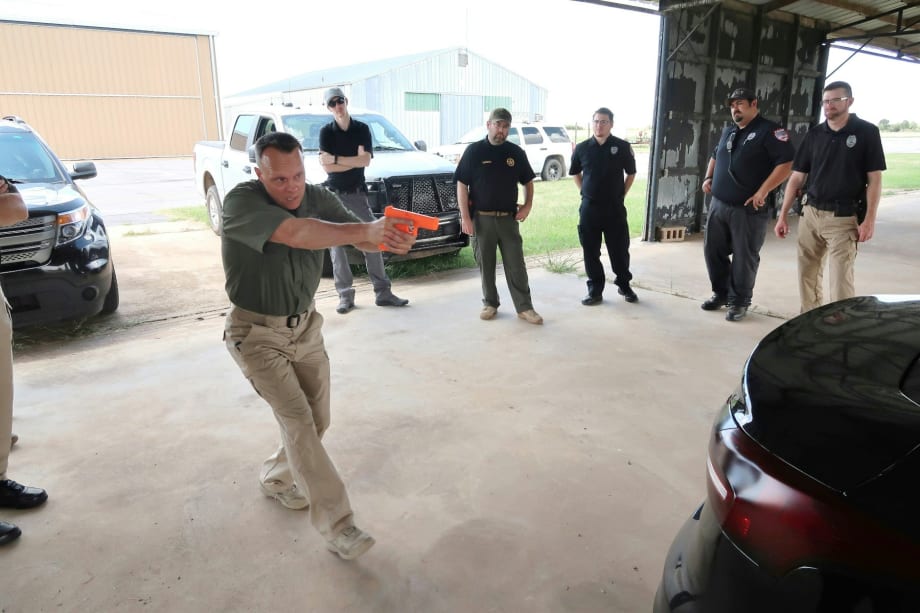“It's a nationwide epidemic in law enforcement, cops at the end of pursuits or situations running up to vehicles. It's the worst thing we could be doing. It's getting people killed,” he says. “This has got to stop. This mindset has got to stop. Let's stay back behind cover and do it safer.”
Willis points out officers should slow down, take a deep breath, and let their adrenaline settle down. He says taking those simple steps can help officers make better decisions. That in turn helps keep officers safer, but also helps in other ways as well.
“We live in this world where cameras are everywhere, and people have their cell phones out. But if we do everything right, we are courteous but firm on our commands, and we treat people right — that doesn't mean people have to be all thrown down on the ground or guns pouring out and all these different things — it’s going to avoid us these lawsuits, these problems, these bad optics we have,” Willis explains.
Training to handle high-risk traffic stops can also build officers’ abilities to manage what appear to be routine traffic stops that suddenly shift in a more dangerous direction.
“You know, they always say ‘There's no such thing as a routine traffic stop.’ There's so much truth to that, because officers, they might be thinking ‘I'm stopping someone for speeding,’ but the reason they're speeding is they just robbed a convenience store and they think you're stopping them because of that,” says Willis. “Unfortunately, law enforcement doesn't know what they're getting into often. We’re reactionary, that’s what we are and that's why we can't necessarily go up there guns drawn. We don't need to be doing that.”













